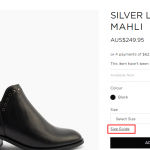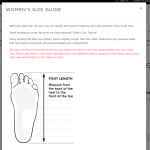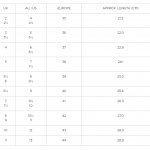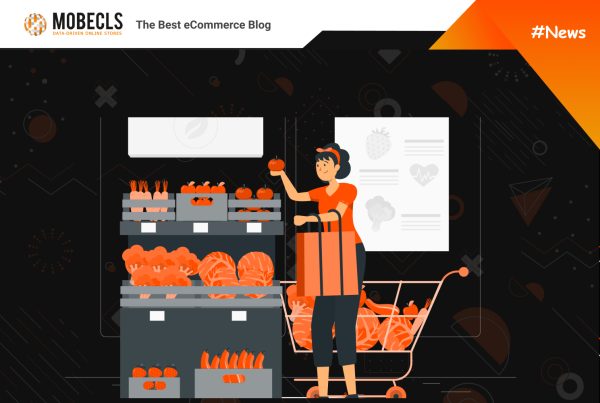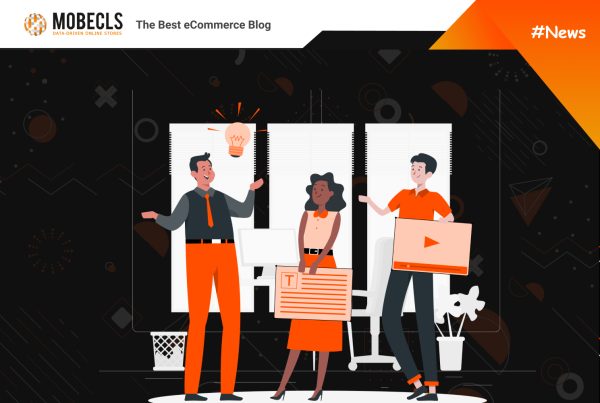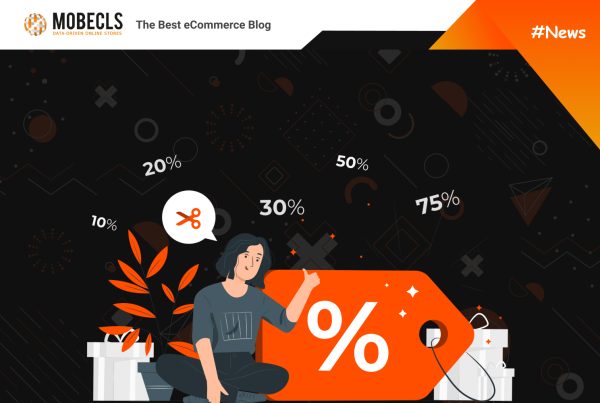The world of online fashion retail is a tough cookie. With the convenience of online shopping, customers have become more demanding and price-conscious, resulting in fierce competition among retailers. There are so many big names and small startups fighting for a slice of the pie. However, there’s one technique that can help you to win the most demanding customers. It’s personalization. It’s a major trend in the industry and an effective tool for increasing conversion and customer loyalty. In this article we’ll take a closer look at fashion eCommerce personalization, where to implement it and how to do it properly.
Fashion Ecommerce Personalization: Home Page
Home page personalization is a powerful tool for fashion eCommerce businesses. By customizing the content that shoppers see when they first visit your website, you can create a more engaging, relevant, and personalized experience that is more likely to convert visitors into customers.
Consider targeting the location of your users or the websites they arrived from. By using information about your customers’ language and location, you can improve their experience by translating the website into their preferred language, updating the currency, and adjusting estimated delivery times. These settings can be automated using IP addresses or by detecting the country of origin when users visit your website.
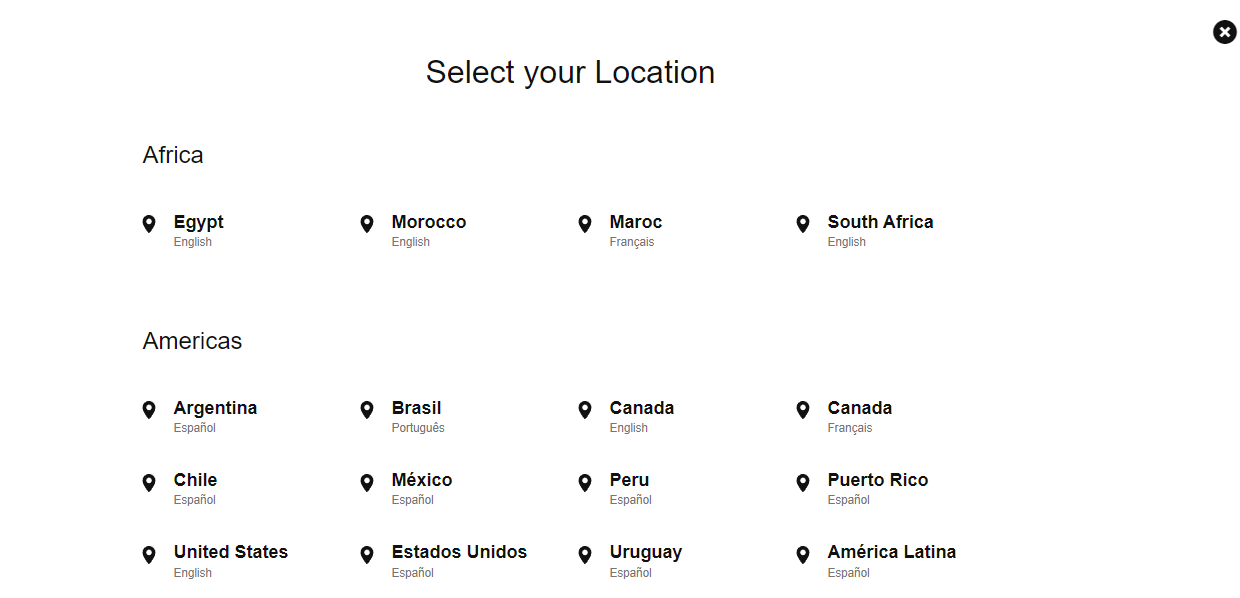
When you land on the Nike website for the first time, it asks you where are you from to personalize content.
Utilizing geodata is a simple approach to slightly enhance the shopping experience for your customers. However, if your objective is to provide an exceptional user experience, relying solely on this data may not be sufficient. To achieve more advanced personalization, you need to gather information such as your customers’ preferred size and favorite color. But the question is, how can you collect such data?
To collect more advanced personalization data, you can ask your customers directly on the site using interactive content such as quizzes, surveys, gift and style finders. This method is not new and is widely used by various brands to better customize their recommendations and offer the best user experience. For instance, if a user has specified that their size is M, it would be helpful to set it as the default size when they land on the product page. Even if you don’t find an immediate use for this data, interactive content can still boost your conversion rates. Such interaction attracts attention, builds buyer confidence, establishes trust, and humanizes your brand.
If you’re not yet ready for more advanced personalization, there are still ways to personalize your website without having access to customer preferences:
- Look outside the window. What time of year is it? Is it winter? Then let the user know that you have a new winter collection.
- Check the calendar. Is Black Friday coming up? Offer an exclusive discount and give early access to products that will be included in the sale. If there’s a state or cultural holiday on the horizon, dedicate your main page to this event. But remember, you should show respect for all cultures.
- Don’t have specific geo or behavioral data? Let the user personalize their shopping experience. Allow them to choose their preferred language, currency, delivery method, or payment. “Free shipping over $100” is already a form of personalization, isn’t it?
These methods are particularly useful for new customers whose information is not yet stored in your database.
Product and Category Pages Personalization
The category page provides valuable insights into your customers’ preferences, such as their budget and specific requirements for color, size, style, and brand. To personalize their search experience, you must focus on optimizing your filters. This may sound like a simple solution, but it is a fundamental truth. In addition to size and price, offer filters for collections, styles, categories, colors, and more. There’s no need to dwell on this information as it’s already well-known. Here are a couple of good examples:
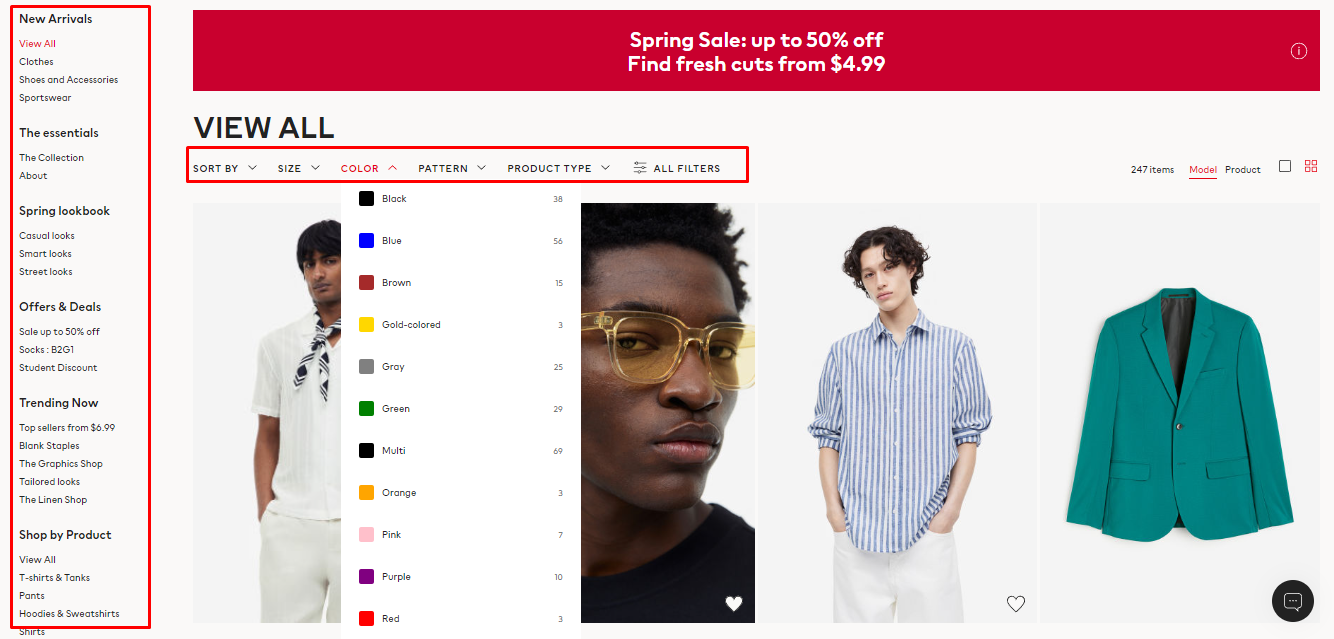
H&M did a great job categorizing their offers, providing numerous sections like “New Arrivals”, “Trending”, “Lookbooks”, “Shop by Occasion” and others. Here, you can also see standard filters like size pattern, and color, among others.
Product Page Personalization
When it comes to product pages. There are not so many things to personalize as ideally, the user should have landed on a page with the exact product they were looking for. If you want to provide your customers with the best user experience, stick to geo data. Ideally, when a person chooses a certain language on a product page, all product descriptions and information about the product should be translated into it. Moreover, based on country/language you can convert currencies. It will help the shopper better understand prices and not to leave your page to open a converter. Less friction provides better user experience and decision making.
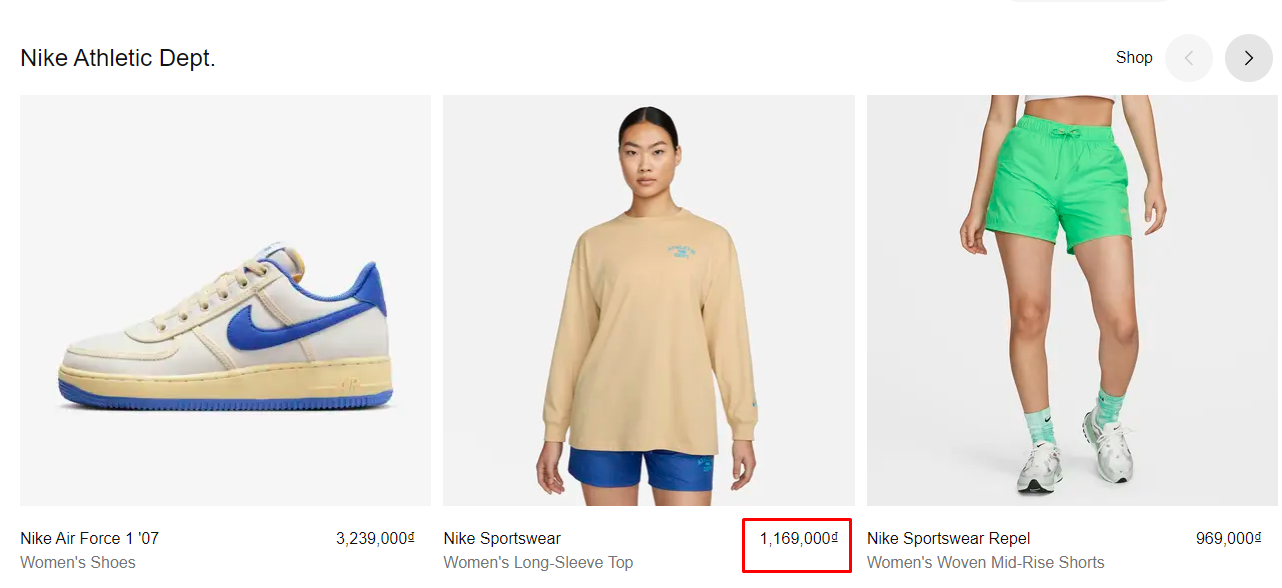
Product pages are typically specific to the product being searched for, leaving little room for personalization. However, you can still optimize the user experience by utilizing geo data. If a user selects a language, the product descriptions and information should be automatically translated. Additionally, displaying prices in the local currency based on the user’s country/language preference can help them better understand prices without the need to leave the page. By reducing friction, you can improve the user experience and facilitate better decision making.
Editor’s pick: Nike Marketing and eCommerce Strategy: The Secret of Success
A highly recommended feature to enhance the user experience on a product page is size recommendation. This is particularly useful for shoe sizes, which can vary between brands and even models within the same brand. Size recommendations are based on the actual length of the foot and can be mapped to the sizing chart of a specific brand, providing valuable guidance to the user.
Klouds Size Guide
Search Personalization
To personalize your search experience, start with the search bar. Use advanced features to show tailored results to shoppers based on their profile, including past search and purchase history, brand preferences, product ratings, and gender. Consider implementing these essential features:
- Instant search: Show real-time results as users type in their query. Optimize or order results based on user profiles, purchase history, brand preference, gender, and product ratings.
- Autocomplete: Suggest search terms to users as they type, compensating for spelling errors and offering relevant suggestions based on search history and preferences.
- Filters: Use standard search filters to narrow down results by category or product type. Dynamic filters, also known as facets, offer suggested filters to help users refine their search further.
- Natural language search: Understand natural language phrases and recommend relevant products based on user descriptions, such as “a warm sweater” or “summer dress.”
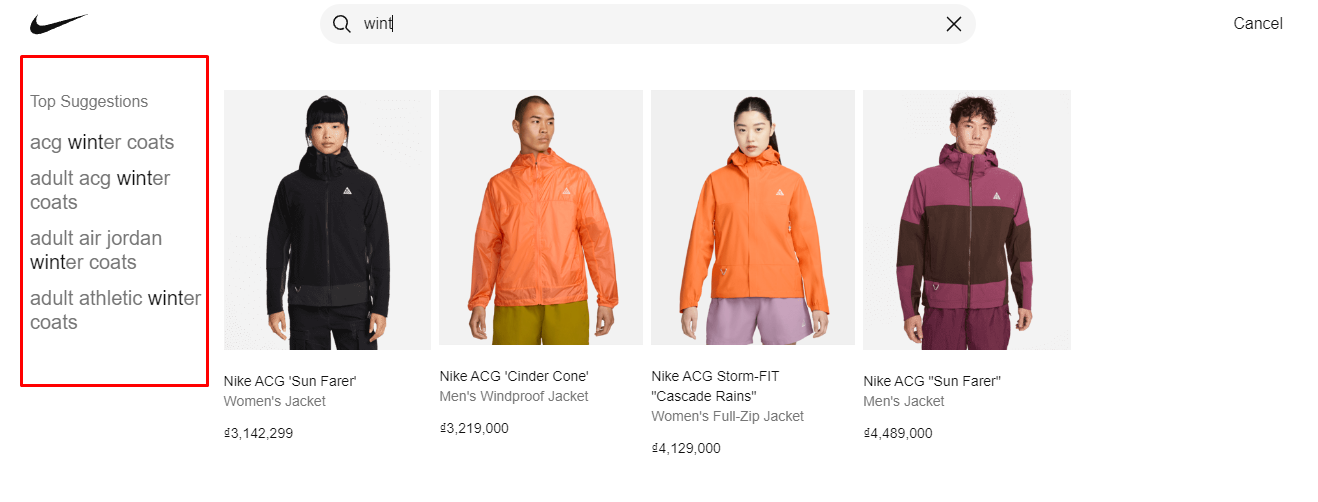
Need Help to Integrate Smart Search on Your Website?
Shopping Cart & Checkout Personalization
Shipping is a complex procedure due to various factors such as logistics, customs, compliance regulations, and product returns. However, if you manage to deliver your products on time and personalize this experience, you make loyal customers. The best way to personalize your shipping is to offer free or discounted delivery based on your customers’ location. You can easily do it by integrating a third-party logistics provider.
When it comes to payment options, there is only one rule. Don’t show your customers payment options they can’t use in their countries (e.g. Klarna doesn’t work everywhere).
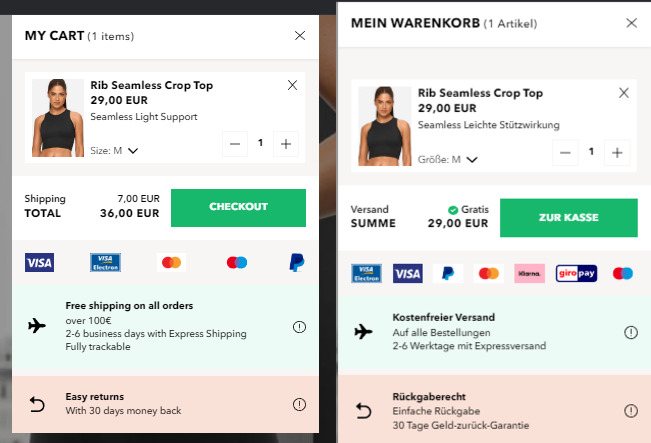
Stronger offers customers a personalized shopping experience by providing various payment options and estimated delivery times based on their location. For instance, shoppers in Poland can pay using credit card and Paypal, while those in Germany have the additional options of Sofort, Giro Pay, and Klarna. Moreover, customers in Poland can take advantage of free shipping. By tailoring the payment methods and delivery estimates to each country, Stronger ensures a smooth checkout process and higher customer satisfaction.
If you ask users for personal data during their shopping session (e.g., phone number, zip code, country, street, name, etc.), be sure to pre-fill some fields on the checkout page as it’s what customers expect from you. This will save their time and effort, and help prevent errors in the checkout process.
Post Purchase Experience Personalization
To ensure a personalized shopping experience, it is important to gather data beyond the checkout page. One effective way to do this is through post-purchase email campaigns. Start by dividing your email list into different groups based on demographics, purchase history, and browsing behavior. Then, create content or offers that cater to their preferences and values. If you’re having trouble creating a segmented email campaign based on interests, consider celebrating special occasions like birthdays, public holidays, or milestones with personalized messages and offers. Overall, this creates a positive emotional connection with your brand and encourages customers to remain loyal.
Besides email marketing, you may personalize post purchase experience by displaying personalized offers on the delivery tracking page to remind users of your loyalty program, offer them specific deals, or recommend additional products that they might like. This is a great way to keep the user engaged and extend that conversation with your brand. Moreover, if resources allow, you can even personalize your packaging with handwritten notes, discount coupons, or freebies, which is a nice way to create a positive impression of your brand.
Bottom Line
Fashion eCommerce personalization is a powerful tool for businesses to create a more engaging and relevant shopping experience for customers. It helps to build buyer confidence, establish trust, and humanize the brand. We hope that the strategies and tactics in this post will help you to do eCommerce personalization the right way.
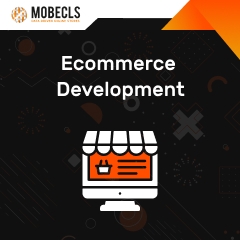 Mobecls team provides a wide range of eCommerce development services, starting from SEO and design to custom functionality development. Our 10+ years of Magento expertise allow us to provide unique eCommerce solutions taking into account industry and business specifics. We’re here to help your business grow!
Mobecls team provides a wide range of eCommerce development services, starting from SEO and design to custom functionality development. Our 10+ years of Magento expertise allow us to provide unique eCommerce solutions taking into account industry and business specifics. We’re here to help your business grow!

